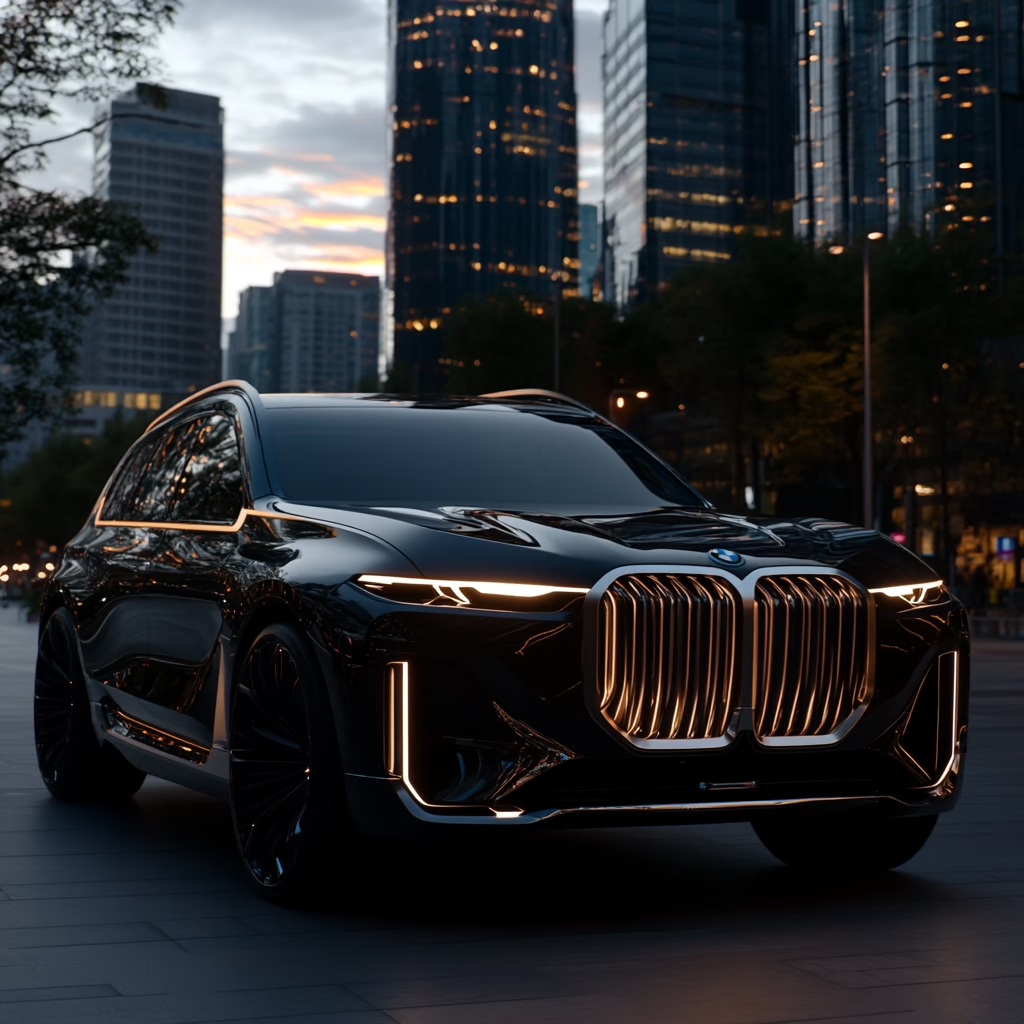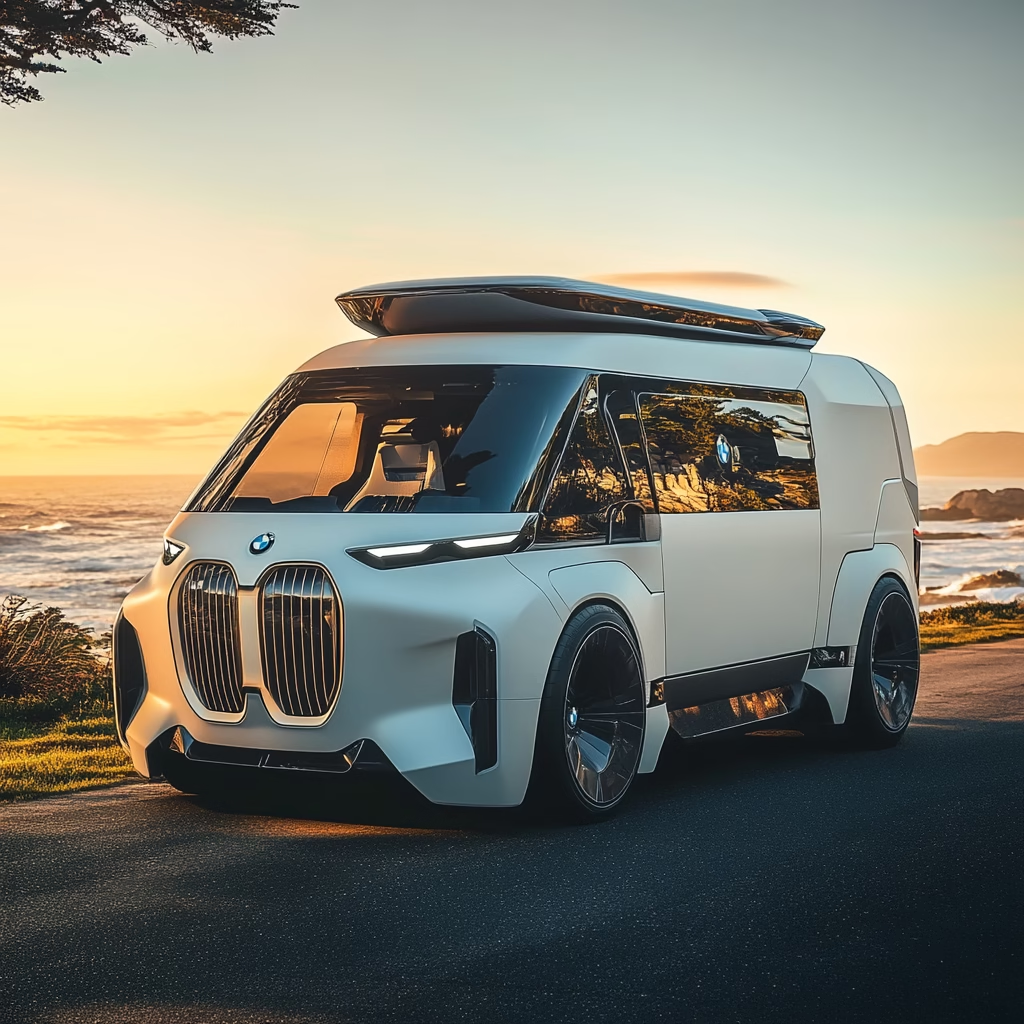The automotive world is buzzing with anticipation as BMW prepares to launch the next generation of its flagship luxury SUV, the BMW X7 2026. Since its introduction in 2018, the X7 has established itself as the pinnacle of BMW’s SUV lineup, combining opulent luxury, cutting-edge technology, and impressive performance in a commanding package. This article delves into what we can expect from the 2026 BMW X7, exploring potential design changes, technological advancements, powertrain innovations, and how it aims to maintain its position in the increasingly competitive luxury SUV market.
The BMW X7: A Legacy of Luxury
The BMW X7 first entered the market as a 2019 model, representing BMW’s answer to full-size luxury SUVs like the Mercedes-Benz GLS and the Range Rover. It quickly garnered attention for its imposing presence, lavish interior, and remarkable driving dynamics despite its considerable size. The current generation received a significant facelift in 2022, introducing the controversial split headlight design and various technological updates.
As BMW looks toward 2026, the X7 is expected to undergo its first complete redesign, potentially introducing groundbreaking changes that reflect the rapidly evolving automotive landscape while preserving the core values that have made it successful.
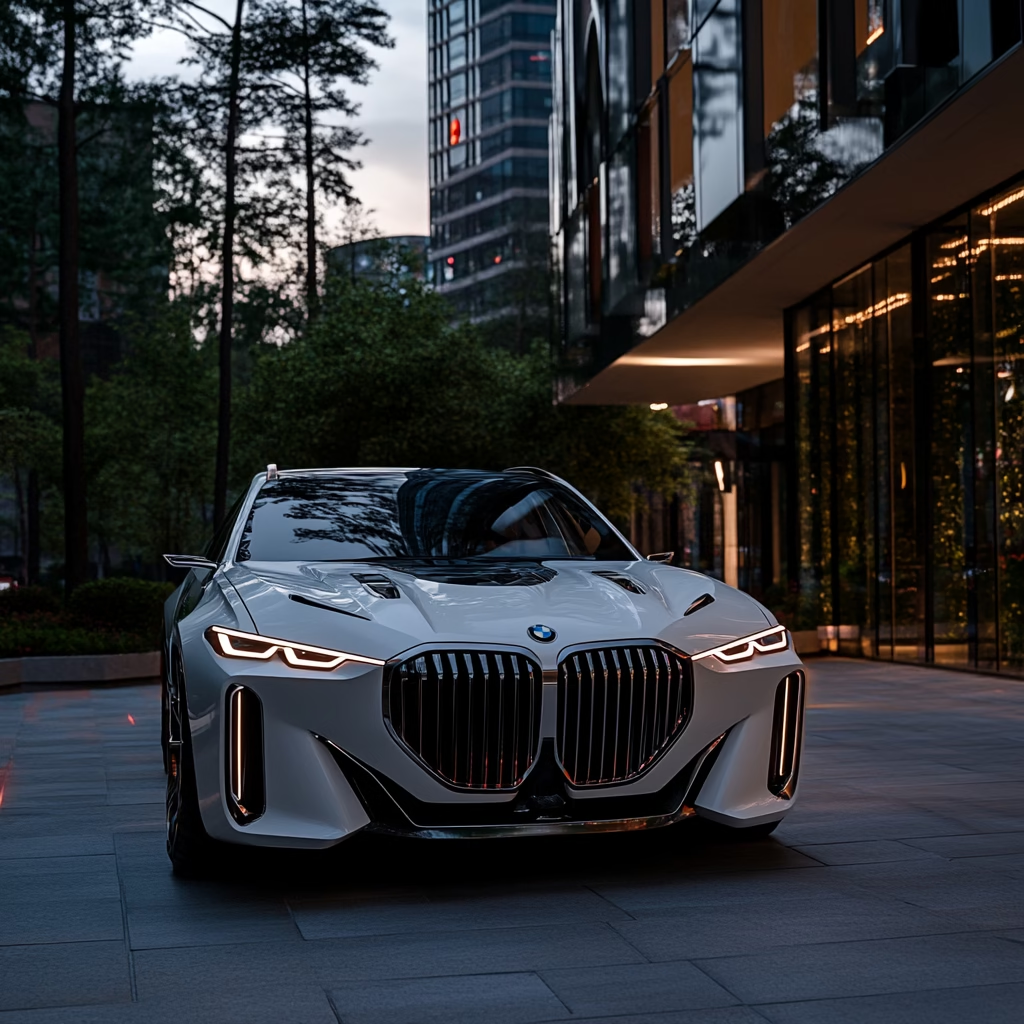
Exterior Design: Evolution or Revolution?
The exterior design of the 2026 BMW X7 is expected to build upon the bold styling direction established by the current model while incorporating elements from BMW’s latest design language. Industry insiders suggest that the controversial split headlight design might evolve into a more integrated yet still distinctive front fascia.
The signature kidney grille, which grew to dramatic proportions in the current generation, will likely remain prominent but could feature a more sophisticated integration with surrounding elements. Illuminated grille options, first introduced on other BMW models, may become standard on the 2026 X7.
The overall silhouette is expected to maintain the commanding presence that defines the X7, with a tall greenhouse, substantial wheelbase, and upright stance. However, designers are likely to incorporate more aerodynamic elements to improve efficiency without compromising the vehicle’s imposing character.
At the rear, expect slimmer, more technologically advanced lighting elements and a cleaner overall design that emphasizes width and presence. The dual exhaust outlets will likely remain on combustion engine variants, while potential electric versions might feature a more streamlined rear diffuser design.
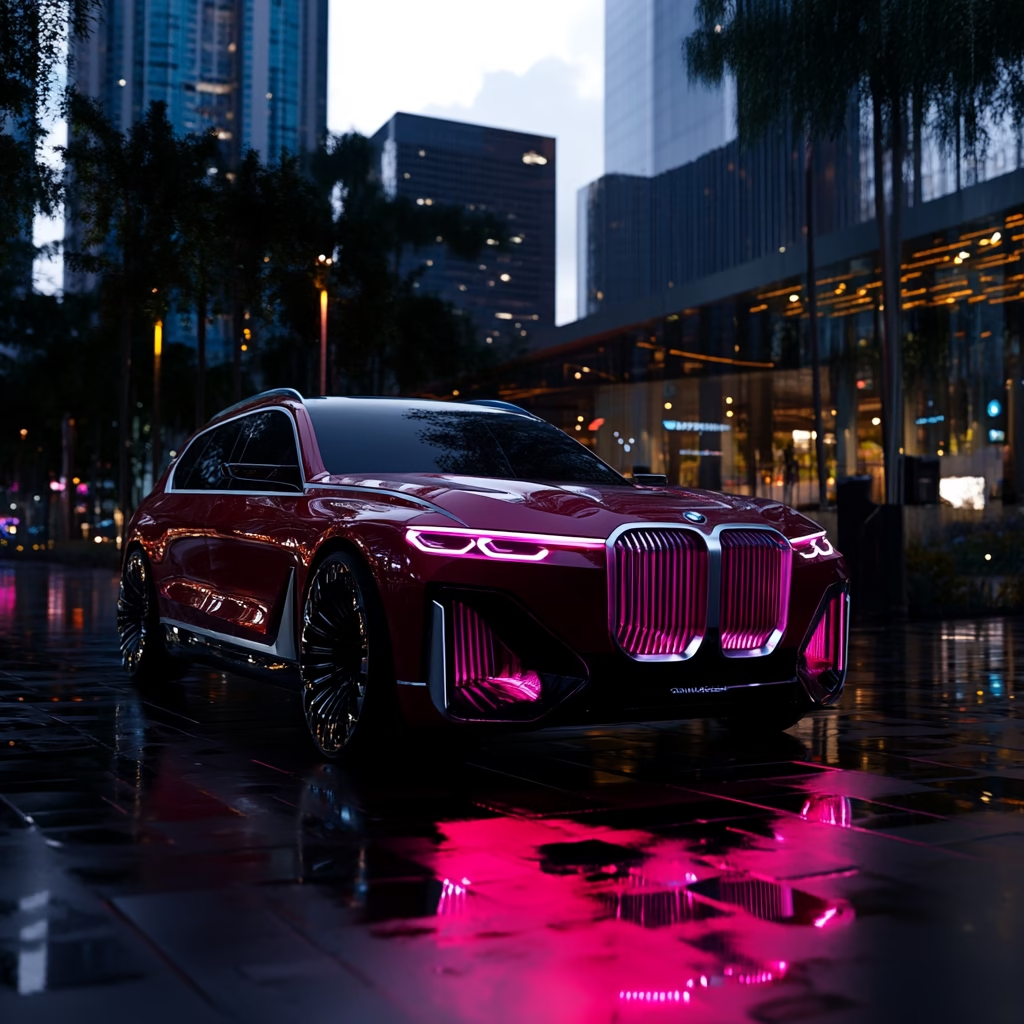
Interior: The Next Level of Luxury
The interior of the BMW X7 has always been a showcase of the brand’s luxury capabilities, and the 2026 model is expected to raise the bar significantly. Based on BMW’s recent concept vehicles and technological advancements, several key improvements are anticipated:
Advanced Digital Experience
The current BMW Curved Display, combining a digital instrument cluster and central infotainment screen, will likely evolve into an even more immersive digital environment. Industry analysts predict the implementation of:
- Larger, higher-resolution displays with enhanced graphics
- Augmented reality navigation integrated directly into the driver’s view
- Advanced voice control with more natural language processing
- Customizable digital environments that adapt to different driving modes and personal preferences
Premium Materials and Craftsmanship
The 2026 X7 will likely feature:
- More sustainable yet luxurious material options, including animal-free leather alternatives with premium feel
- Advanced ambient lighting integrated seamlessly into architectural elements
- Improved acoustic comfort through additional sound insulation and active noise cancellation
- Optional crystal elements similar to those introduced in the 7 Series
Spatial Concept and Comfort
The three-row layout will remain, but BMW may introduce:
- More configurable seating arrangements
- Enhanced climate control with individual zone management
- Advanced massage, heating, and ventilation functions extended to second-row seats
- Improved third-row access and comfort
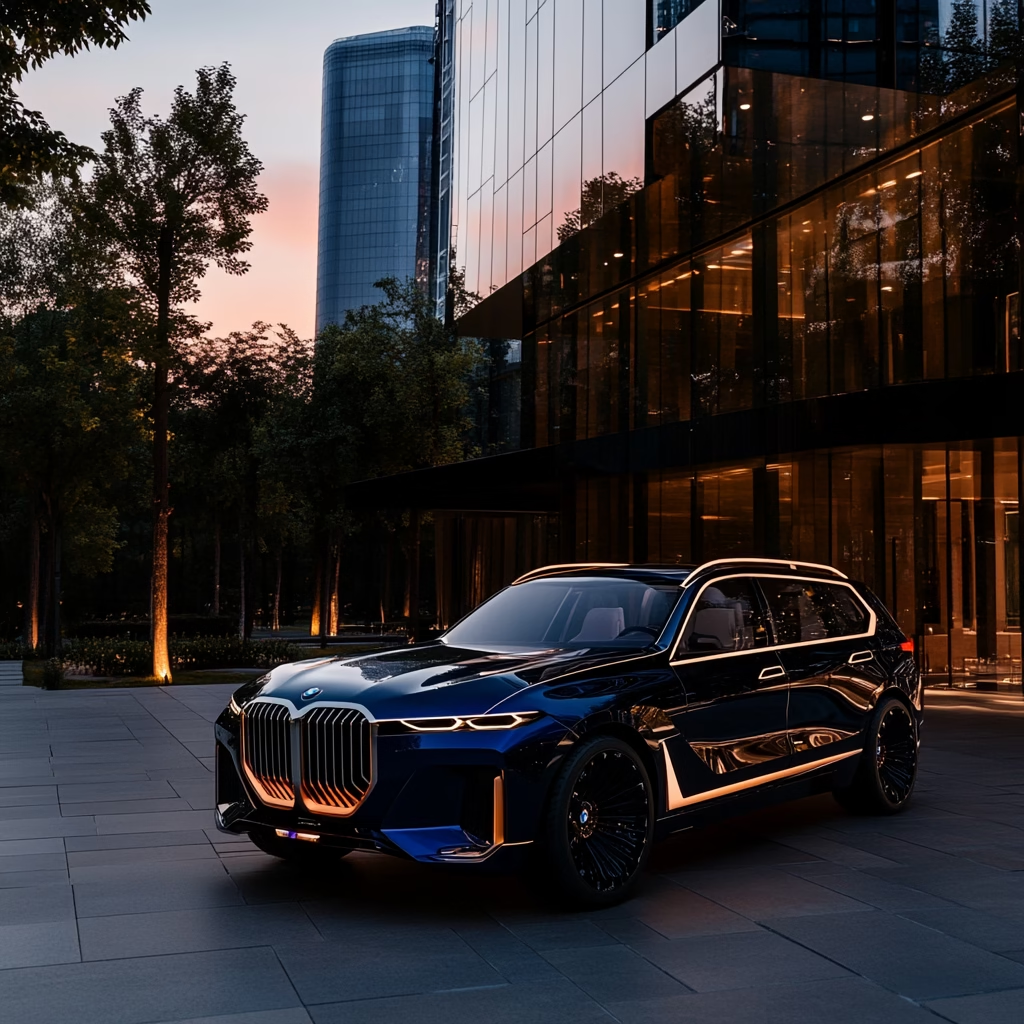
Powertrain Options: Embracing Electrification
The 2026 BMW X7 will arrive during a critical transition period in BMW’s electrification strategy. While the company has committed to maintaining internal combustion engines for those who prefer them, significant changes are expected in the powertrain lineup:
Plug-in Hybrid as Standard
The standard powertrain for many markets may shift to an advanced plug-in hybrid system, potentially combining a six-cylinder engine with electric motors to deliver:
- Combined output exceeding 500 horsepower
- Electric-only range of 50+ miles
- Rapid charging capabilities
- Intelligent hybrid operation that optimizes efficiency based on route and driving conditions
High-Performance Variants
The M Performance variants will likely continue with electrified powertrains, potentially offering:
- V8 hybrid systems with outputs approaching 700 horsepower
- Enhanced torque delivery through electric motor assistance
- Improved efficiency compared to current V8 models
Potential Full Electric Variant
Industry analysts suggest BMW might introduce a fully electric version of the X7, potentially branded as an iX7, featuring:
- Dual or tri-motor setup with outputs exceeding 600 horsepower
- Battery capacity of approximately 120 kWh
- Range exceeding 300 miles
- 350 kW+ fast-charging capability
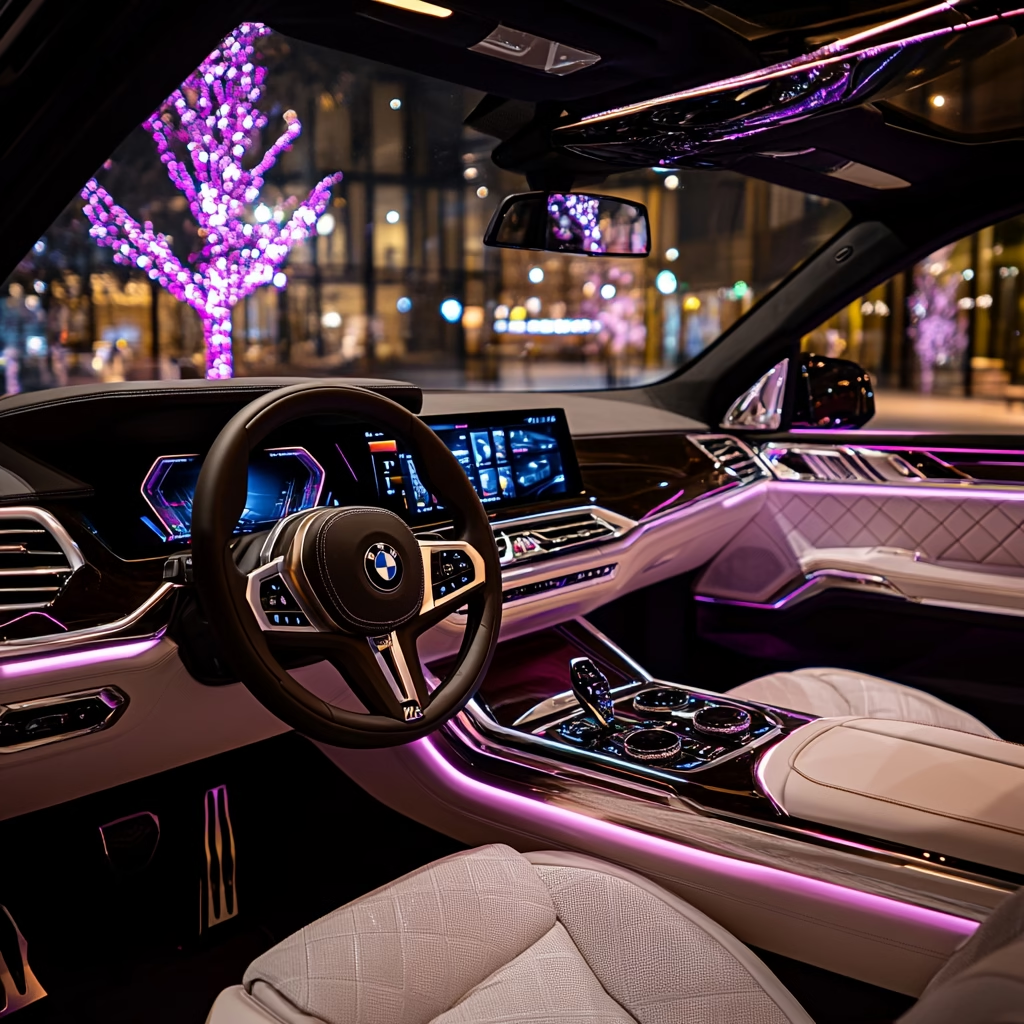
Chassis and Driving Dynamics
Despite its size, the X7 has impressed critics with its handling and ride quality. The 2026 model will build upon these strengths with:
- Next-generation adaptive air suspension with predictive functionality
- Enhanced active roll stabilization
- Four-wheel steering as standard for improved maneuverability
- More advanced drive modes tailored to diverse driving conditions
BMW’s commitment to delivering engaging driving dynamics, even in its largest vehicles, suggests the 2026 X7 will maintain a balance between comfort and sportiness that differentiates it from some competitors.
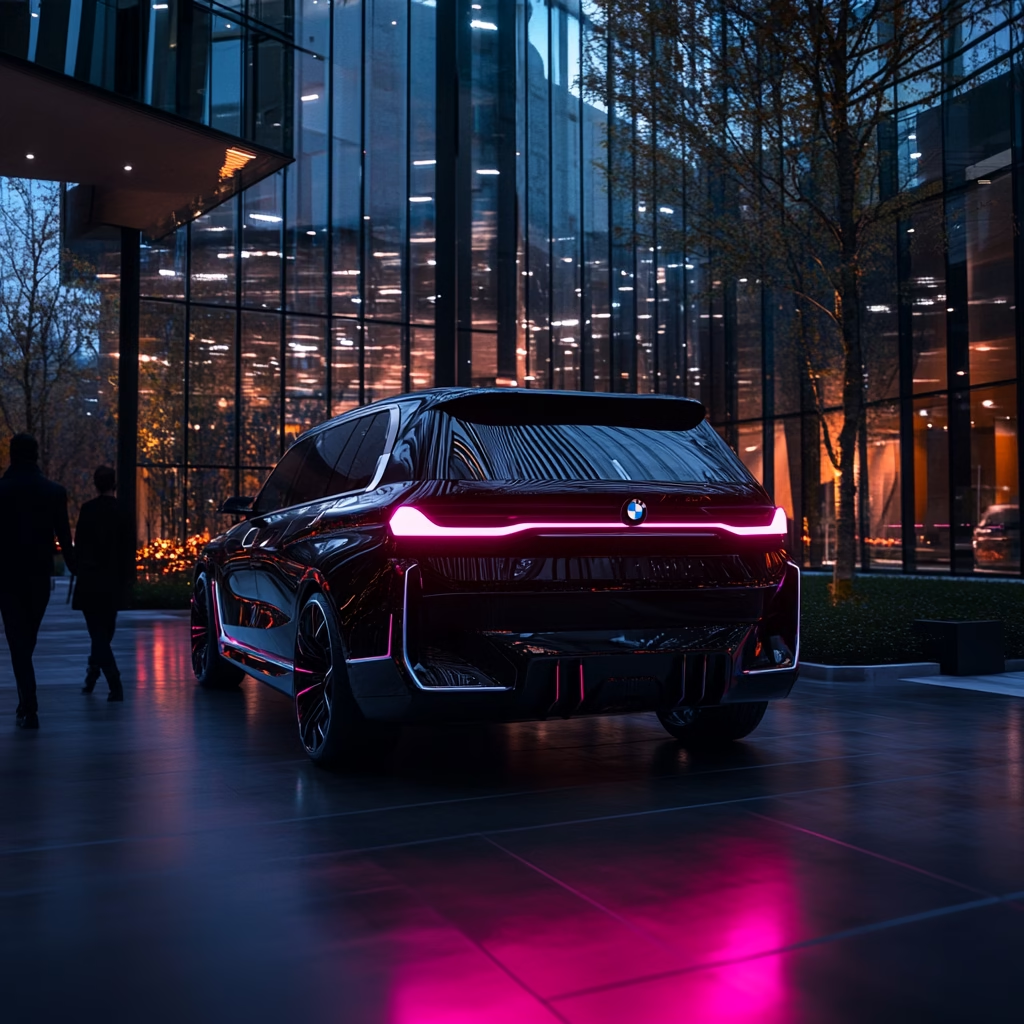
Advanced Technology and Connectivity
The technological capabilities of luxury vehicles are evolving rapidly, and the 2026 BMW X7 is expected to showcase the brand’s latest innovations:
Autonomous Driving Capabilities
The 2026 X7 will likely feature BMW’s most advanced driver assistance systems, potentially including:
- Level 3 autonomous driving capability on highways
- Enhanced automated parking with remote operation
- Advanced intersection assistance with predictive collision avoidance
- Seamless integration of driver assistance features into the user interface
Connectivity and Digital Ecosystem
Connectivity will be paramount, with features potentially including:
- 5G connectivity as standard
- Enhanced BMW Digital Key with expanded functionality
- Cloud-based user profiles that transfer preferences between BMW vehicles
- Improved integration with smart home systems and personal digital assistants
Entertainment and Passenger Experience
For passengers, especially those in the rear seats, the X7 will offer:
- Individual entertainment screens with enhanced resolution
- Integration with popular streaming services
- Gaming capabilities leveraging cloud services
- Advanced audio systems potentially exceeding 20 speakers
Sustainability Initiatives
BMW has demonstrated increasing commitment to sustainability, and the 2026 X7 will reflect this through:
- Increased use of recycled and sustainable materials in interior components
- More environmentally friendly manufacturing processes
- Reduced carbon footprint through electrification and supply chain optimization
- Improved end-of-life recyclability
These initiatives will be implemented without compromising the premium feel and luxury experience that X7 customers expect.
Market Positioning and Competition
The luxury full-size SUV segment continues to evolve rapidly, with traditional competitors like the Mercedes-Benz GLS, Range Rover, and Cadillac Escalade constantly improving their offerings. Additionally, new entrants from brands like Lucid and Rivian are challenging established players with innovative electric vehicles.
The 2026 BMW X7 will need to deliver a compelling combination of traditional luxury values and forward-thinking technology to maintain its position. BMW’s strategy appears to focus on:
- Preserving the distinctive BMW driving experience even as electrification increases
- Leveraging technology to enhance rather than replace the luxury experience
- Maintaining exclusive design elements that communicate status and presence
- Offering uncompromised versatility for diverse family needs
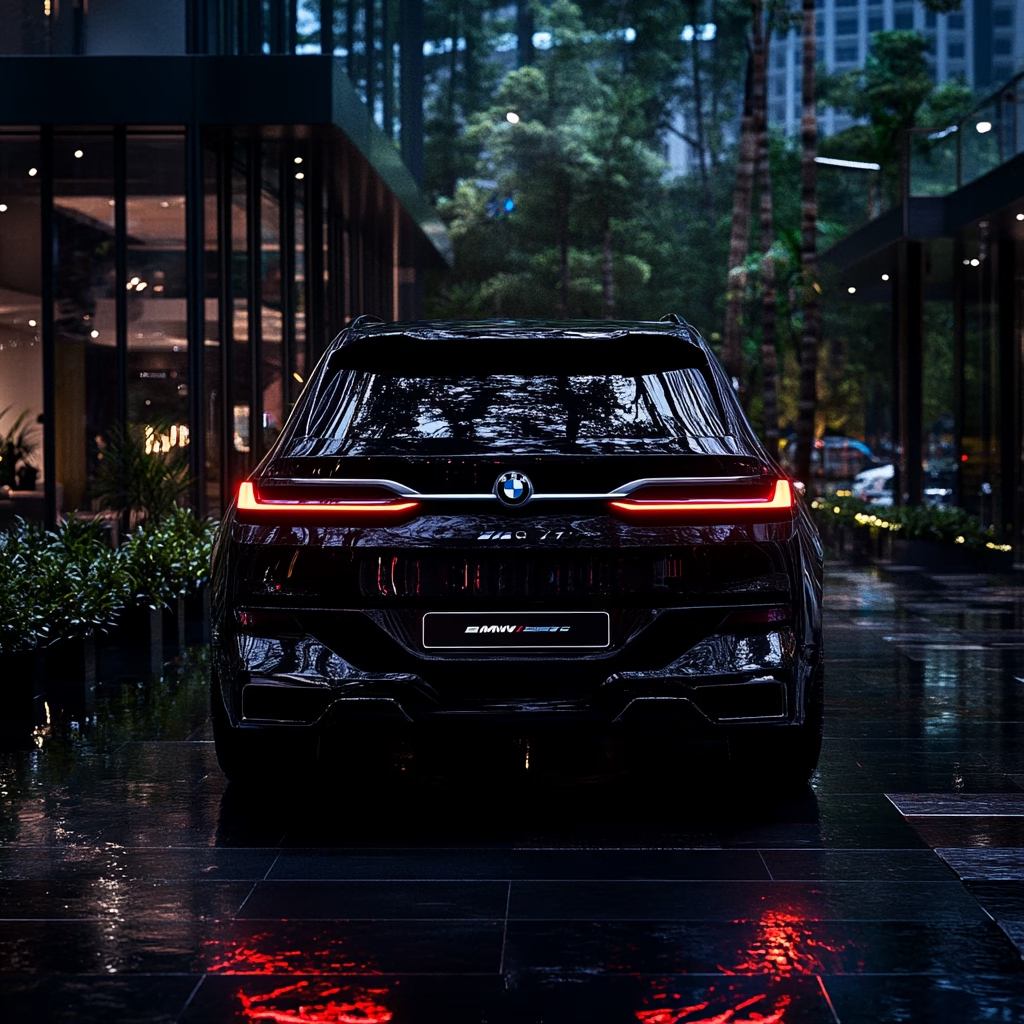
Conclusion: The Future of BMW Luxury
The 2026 BMW X7 represents a critical evolution for BMW’s flagship SUV. As consumer preferences shift toward electrification and advanced technology, BMW must balance innovation with the traditional values of luxury, comfort, and driving pleasure that have defined the brand.
The upcoming X7 appears poised to embrace this challenge, potentially offering a wider range of powertrain options, more advanced technology, and an even more luxurious experience while maintaining the commanding presence and driving dynamics that have made it successful.
For luxury SUV buyers seeking the ultimate combination of space, technology, and prestige, the 2026 BMW X7 promises to deliver a compelling package that honors BMW’s heritage while embracing the future of automotive luxury. As development continues and more details emerge, enthusiasm among BMW enthusiasts and luxury vehicle shoppers alike is certain to grow for this next evolution of the ultimate driving machine in SUV form.


